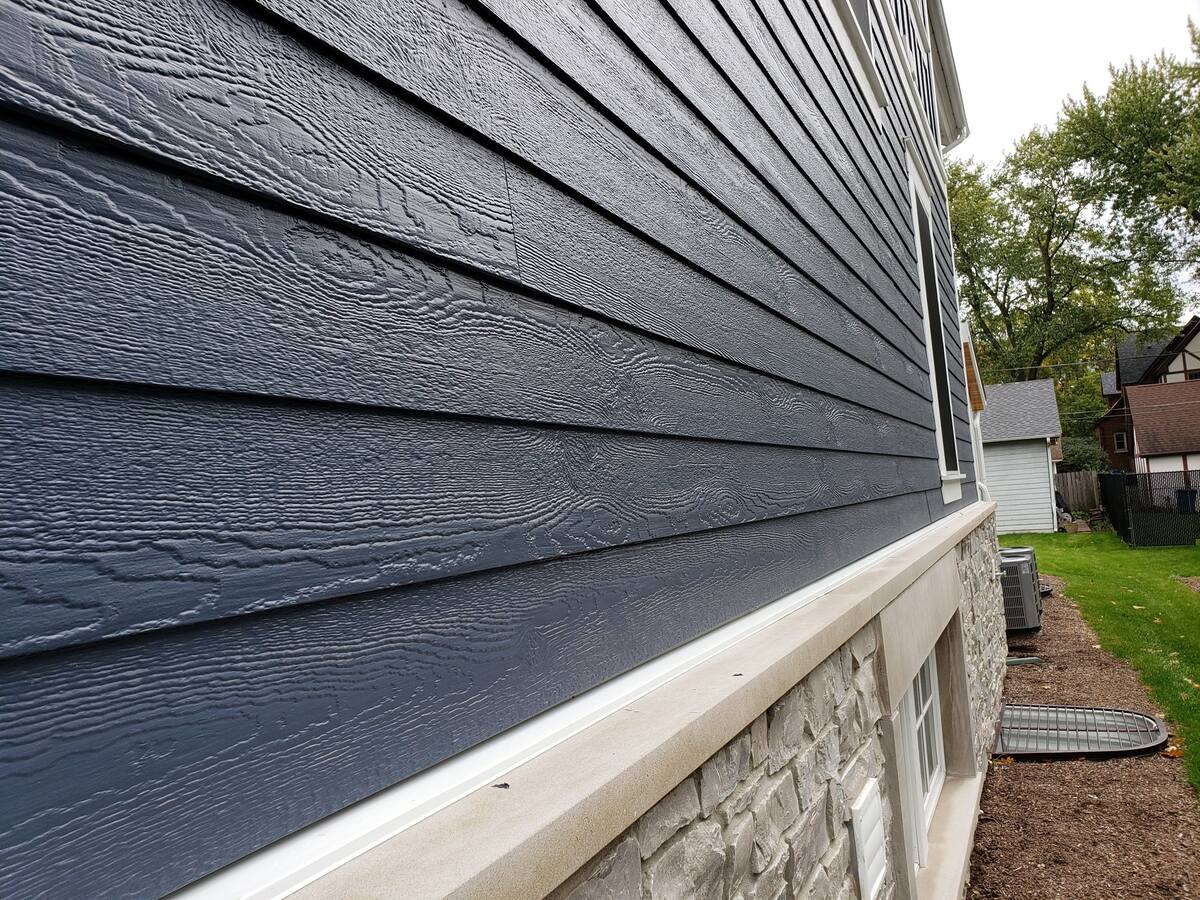

Articles
What Is LP Siding Made Of
Modified: May 6, 2024
Learn about LP siding and discover what it is made of. Read articles on the composition and characteristics of LP siding to make an informed decision for your home.
(Many of the links in this article redirect to a specific reviewed product. Your purchase of these products through affiliate links helps to generate commission for Storables.com, at no extra cost. Learn more)
Introduction
Welcome to the world of LP Siding, where innovative building materials meet durability and aesthetics. If you’re considering siding options for your home or business, LP Siding is a name worth knowing. In this article, we will explore the composition of LP Siding, highlighting the materials that make it a popular choice in the construction industry.
LP Siding is a type of engineered wood siding that boasts exceptional strength, durability, and beauty. It is designed to withstand the harshest weather conditions while providing a visually appealing finish to any structure. Whether you’re building a new home or renovating an existing one, LP Siding offers numerous benefits that make it an attractive option for both residential and commercial projects.
So, what exactly is LP Siding made of? Let’s dive into the composition of this versatile siding material and uncover the elements that contribute to its quality and performance.
Key Takeaways:
- LP Siding is a durable and visually appealing siding material made of wood fibers, binders, waxes, resins, and additives. Its low maintenance, moisture resistance, and design versatility make it an excellent choice for both residential and commercial projects.
- The composition of LP Siding, including its renewable wood fiber source, high-quality binders, protective waxes, and performance-enhancing additives, ensures a sustainable, long-lasting, and visually appealing solution for enhancing the exterior of any home or building.
Read more: How To Install LP Siding
What is LP Siding?
LP Siding, also known as Louisiana-Pacific Siding, is an engineered wood siding product that provides the natural beauty of wood with enhanced durability and performance. It is made by combining wood fibers, binders, waxes, resins, and additives to create a strong and long-lasting siding material.
Engineered wood siding like LP Siding is designed to mimic the look of traditional wood siding while offering improved resistance to moisture, termites, and other damage. It is manufactured in large panels, making installation faster and more efficient compared to individual wood planks. LP Siding can be used for both exterior and interior applications, giving homeowners and builders flexibility in design and construction.
One of the key features of LP Siding is its consistency and uniformity. Unlike natural wood siding, LP Siding is engineered to have fewer imperfections and defects, ensuring a smooth and flawless appearance. It also comes in a variety of textures and finishes, allowing homeowners to choose the style that best suits their preferences and architectural design.
LP Siding is often chosen for its low maintenance requirements. Unlike traditional wood siding, it doesn’t require regular staining or painting to maintain its appearance. The finish is applied during the manufacturing process, providing long-lasting color and protection against UV rays and fading.
Furthermore, LP Siding is designed to be resistant to warping, cracking, and splitting, ensuring its longevity and structural integrity. With proper installation and maintenance, LP Siding can last for many years, making it a cost-effective choice for homeowners and builders.
Overall, LP Siding combines the timeless beauty of wood with the advantages of modern technology, creating a siding material that is both visually appealing and durable. Whether you’re looking to enhance the curb appeal of your home or improve the aesthetics of a commercial building, LP Siding offers a versatile and reliable solution.
Composition of LP Siding
LP Siding is composed of several key materials that work together to create a strong and durable siding product. Let’s take a closer look at the main components:
Wood Fiber
The primary ingredient in LP Siding is wood fiber. This fiber is derived from fast-growing trees, such as aspen or poplar, which are harvested from sustainably managed forests. The wood fibers are finely processed to create a consistent and uniform texture, resulting in a smooth and attractive siding surface.
Binders
To hold the wood fibers together and provide structural integrity, binders are added to the composition of LP Siding. These binders act as a glue, binding the wood fibers together and creating a strong bond. High-quality resin binders are commonly used, ensuring the stability and durability of the siding panels.
Read more: What Is Vinyl Siding Made Of
Waxes
In order to improve water resistance and protect against moisture damage, waxes are incorporated into LP Siding. These waxes help repel water, preventing it from infiltrating the siding and causing swelling or warping. The addition of waxes also enhances the overall durability and longevity of the siding.
Resins and Additives
In addition to wood fibers, binders, and waxes, LP Siding may contain resins and other additives to enhance its performance. Resins provide additional strength and resilience, ensuring the siding can withstand extreme weather conditions. Additives, such as UV stabilizers and color pigments, are also included to protect against fading and maintain the siding’s appearance over time.
The precise combination and proportion of these materials may vary depending on the specific product line within the LP Siding range. Manufacturers carefully formulate the composition to achieve the desired strength, durability, and aesthetic qualities.
It’s important to note that LP Siding is engineered to have high dimensional stability, meaning it is less prone to expanding or contracting with changes in temperature and humidity compared to traditional wood siding. This characteristic helps to minimize the risk of warping, cracking, or splitting, ensuring the siding maintains its appearance and performance over the long term.
Now that you have a better understanding of the composition of LP Siding, let’s explore the benefits it offers in more detail.
Wood Fiber
Wood fiber is a fundamental component of LP Siding and plays a crucial role in its composition. Derived from fast-growing trees, such as aspen or poplar, wood fibers are carefully processed to create a uniform texture that gives LP Siding its natural wood-like appearance.
The use of wood fiber in LP Siding offers several advantages. Firstly, wood fiber is a renewable resource, making LP Siding an eco-friendly choice for those who prioritize sustainability. The trees used to harvest the wood fiber are grown in managed forests, ensuring responsible and ethical sourcing practices.
Secondly, wood fiber provides LP Siding with inherent strength, contributing to its durability and resistance to impacts and external forces. The fibers are tightly interlocked and form a strong bond when combined with the binders in the siding. This structural integrity helps the siding withstand various weather conditions, including wind, hail, and temperature fluctuations.
In addition to strength, wood fiber also contributes to the visual appeal of LP Siding. The texture and grain of the wood fibers mimic the natural patterns found in traditional wood siding, creating an authentic and timeless look. Homeowners can enjoy the aesthetic beauty of wood without worrying about the drawbacks associated with natural wood, such as fading, splitting, or warping.
The wood fibers in LP Siding are carefully processed to ensure consistency and uniformity throughout the panels. By refining the fibers, any imperfections and defects commonly found in natural wood siding are minimized, resulting in a smooth and flawless surface. This process ensures that each panel of LP Siding delivers a consistent appearance, providing a seamless and visually appealing finish to any structure.
Moreover, the use of wood fiber in LP Siding allows for easy customization and versatility in design. The fibers can be textured and finished in different ways to achieve various aesthetics, such as a rustic or contemporary look. Homeowners have the flexibility to choose the style that best complements their architectural vision and personal preferences.
Overall, wood fiber is a key ingredient that contributes to the strength, beauty, and sustainability of LP Siding. It provides the siding with its natural wood-like qualities while offering increased durability and resistance to environmental factors. With wood fiber as a core component, LP Siding offers a reliable and visually appealing choice for enhancing the exterior of any home or building.
Binders
Binders are an essential component in the composition of LP Siding, playing a crucial role in holding the wood fibers together and providing structural integrity. These binders act as a type of glue that bonds the wood fibers, ensuring the durability and longevity of the siding panels.
When manufacturing LP Siding, high-quality resin binders are commonly used. Resin binders are synthetic materials that have excellent adhesive properties and are specifically formulated to withstand the elements and outdoor conditions. These binders create a strong bond between the wood fibers, resulting in a cohesive and stable siding product.
The binders used in LP Siding offer several advantages. Firstly, they enhance the overall strength of the siding, making it more resistant to impacts, shrinkage, warping, and other forms of damage. This ensures that the siding can withstand the stresses and strains of everyday use, as well as the harsh weather conditions it may encounter.
Another benefit of binders is their ability to improve the dimensional stability of LP Siding. Wood fibers naturally expand and contract with changes in temperature and humidity, which can lead to warping or cracking in traditional wooden siding. However, the binders in LP Siding help control the movement of the wood fibers, minimizing the risk of deformation and ensuring that the siding maintains its shape and appearance over time.
The use of binders also contributes to the ease of installation and maintenance of LP Siding. The binders help create a smooth and consistent surface, making it easier for contractors to install the siding panels accurately. Additionally, the strong bond created by the binders reduces the likelihood of joints and seams separating or becoming loose, reducing the potential for water infiltration and damage.
Furthermore, the resin binders used in LP Siding are engineered to be highly water-resistant. This property helps protect against moisture penetration, which can lead to rotting, swelling, and other forms of water damage. The binders effectively seal the wood fibers, providing an added layer of protection and extending the lifespan of the siding.
Overall, binders are a vital ingredient in LP Siding, providing strength, stability, and water resistance to the panels. By effectively holding the wood fibers together, they enhance the performance and durability of the siding, ensuring that it can withstand the test of time and environmental factors. With the inclusion of quality binders, LP Siding offers a reliable and long-lasting solution for both residential and commercial applications.
Read more: What Is Clapboard Siding Made Of
Waxes
Waxes are an important component in the composition of LP Siding, providing additional protection against moisture and enhancing the overall durability of the product. By incorporating waxes into the formulation, LP Siding becomes more resistant to water damage and maintains its structural integrity for a longer period.
The primary role of waxes in LP Siding is to create a water-repellent barrier on the surface of the wood fibers. When exposed to rain, snow, or other sources of moisture, the waxes prevent water from penetrating the siding, reducing the risk of swelling or warping. This added waterproofing feature ensures that LP Siding remains in excellent condition even in environments with high humidity levels or heavy precipitation.
Furthermore, waxes contribute to the overall longevity of LP Siding by acting as a protective coating. The waxes form a thin layer that helps shield the wood fibers from damage caused by ultraviolet (UV) rays, preventing premature fading and discoloration. This UV protection ensures that the siding retains its vibrant color and attractive appearance over time, reducing the need for frequent maintenance or repainting.
In addition to moisture and UV resistance, waxes also offer resistance against other elements that can potentially harm the siding. These include dirt, dust, and other airborne pollutants that can accumulate on the surface of the siding over time. The presence of waxes creates a repellent surface, making it easier to clean and maintain the siding’s visual appeal.
LP Siding’s incorporation of waxes not only improves its performance but also contributes to its sustainability. The waxes used in LP Siding are non-toxic and environmentally friendly, ensuring that the product meets the desired standards for responsible manufacturing and installation practices.
Overall, waxes play a crucial role in the composition of LP Siding by enhancing its resistance to moisture, UV rays, and other harmful elements. By creating a protective barrier on the surface of the wood fibers, these waxes extend the lifespan of the siding and reduce the need for frequent maintenance or repairs. With the addition of waxes, LP Siding offers an attractive, durable, and sustainable solution for both residential and commercial applications.
Resins and Additives
Resins and additives are important components in the composition of LP Siding, working together to enhance its performance and durability. These materials are carefully selected and incorporated into the siding to provide additional strength, protection, and aesthetic qualities.
Resins
Resins are synthetic materials that are added to LP Siding to improve its strength and resilience. These resins act as binding agents, reinforcing the structure of the siding and increasing its resistance to external forces.
The use of resins in LP Siding helps to prevent cracking, splitting, and warping, which are common issues associated with traditional wood siding. Resins create a stronger bond between the wood fibers and binders, ensuring the siding can withstand the stresses and strains of everyday use and extreme weather conditions.
Furthermore, resins contribute to the dimensional stability of LP Siding. They help control the expansion and contraction of the wood fibers in response to changes in temperature and humidity, minimizing the risk of deformation. This ensures that the siding maintains its shape and appearance over time.
Additives
In addition to resins, LP Siding may also contain various additives that further enhance its performance. These additives are incorporated into the composition to provide specific properties and benefits to the siding.
One common additive found in LP Siding is UV stabilizers. These additives help protect the siding from the harmful effects of ultraviolet rays, which can cause fading, discoloration, and degradation over time. By incorporating UV stabilizers, LP Siding maintains its vibrant color and appearance for an extended period, reducing the need for frequent maintenance or repainting.
In some cases, LP Siding may also contain color pigments. These pigments are added during the manufacturing process to provide a wide range of color options for homeowners and builders. Whether you prefer a natural wood tone or a bold and vibrant shade, LP Siding can be customized to suit your aesthetic preferences and complement the architectural design of your structure.
Overall, the inclusion of resins and additives in LP Siding enhances its overall performance and visual appeal. These materials contribute to its strength, dimensional stability, resistance to UV rays, and color longevity. By incorporating resins and additives, LP Siding offers a reliable and durable solution for enhancing the exterior of any home or building.
Read more: What Is Masonite Siding Made Of
Benefits of LP Siding
LP Siding offers numerous benefits that make it a popular choice among homeowners, builders, and architects. Let’s explore some of the key advantages of using LP Siding:
Durability
LP Siding is engineered to be highly durable, withstanding the test of time and various weather conditions. Its composition, including the combination of wood fibers, binders, waxes, resins, and additives, creates a strong and resilient siding product. It is resistant to impacts, cracking, splitting, warping, and other forms of damage, ensuring that it maintains its structural integrity even in harsh environments.
Moisture Resistance
LP Siding is designed to be highly resistant to moisture penetration. The combination of waxes and binders creates a water-repellent barrier, reducing the risk of swelling, rotting, and other water-related issues. This makes it an ideal choice for areas with high humidity levels or heavy rainfall, providing long-lasting protection and durability.
Low Maintenance
Unlike traditional wood siding, LP Siding requires minimal maintenance. The pre-finished surface eliminates the need for regular staining or painting to maintain its appearance. The incorporation of UV stabilizers protects against fading, while the water-resistant properties reduce the risk of mold or mildew growth. Occasional cleaning is usually sufficient to keep LP Siding looking its best, saving homeowners time and money in maintenance efforts.
Read more: What Is Boral Siding Made Of
Visual Appeal
LP Siding offers the timeless beauty of natural wood with a wide range of textures and finishes to choose from. Whether you prefer a traditional, rustic, or contemporary look, LP Siding can be customized to match your desired aesthetic. The uniform composition and smooth surface create an attractive finish, enhancing the curb appeal and overall appearance of any structure.
Design Versatility
LP Siding is available in various sizes and profiles, allowing for design flexibility and versatility. From lap siding to shake and shingle styles, LP Siding offers options to suit different architectural styles and personal preferences. It can be used for both exterior and interior applications, offering creative opportunities for accent walls, ceilings, and other design elements.
Sustainability
LP Siding is made with sustainable practices in mind. The wood fibers used in its composition are sourced from responsibly managed forests, ensuring the long-term viability of the natural resources used in its production. Additionally, LP Siding’s low maintenance requirements and long lifespan contribute to a reduced environmental impact over its lifetime.
Overall, the benefits of LP Siding, including its durability, moisture resistance, low maintenance, visual appeal, design versatility, and sustainability, make it an excellent choice for both residential and commercial construction projects. Whether you’re building a new home or renovating an existing one, LP Siding offers a reliable and visually appealing solution that combines the best qualities of natural wood with modern technology.
Conclusion
LP Siding is a versatile and durable siding material that offers numerous benefits for homeowners, builders, and architects. Its composition, consisting of wood fibers, binders, waxes, resins, and additives, creates a strong and resilient product that can withstand the elements and provide long-lasting protection for any structure.
With its exceptional durability, LP Siding stands up to the test of time and resists damage from impacts, moisture, and extreme weather conditions. It is designed to be low maintenance, requiring minimal upkeep compared to traditional wood siding. The pre-finished surface, UV resistance, and water repellency reduce the need for staining or painting, allowing homeowners to enjoy long-lasting visual appeal without the hassle of regular maintenance.
LP Siding’s visual appeal is another highlight, offering the authentic look of natural wood with a range of textures, finishes, and profiles to suit various architectural styles and personal preferences. The uniform composition and smooth surface create a visually appealing finish that enhances the curb appeal of any home or building.
Furthermore, LP Siding provides design versatility, allowing for creative applications both inside and outside the structure. It can be used for accent walls, ceilings, and other architectural elements, providing flexibility to express individual style and creativity in design.
In addition to its performance and aesthetics, LP Siding is also a sustainable choice. The wood fibers used in its composition are sourced from responsibly managed forests, ensuring the long-term sustainability of the product. Its low maintenance requirements and long lifespan contribute to a reduced environmental impact compared to other siding materials.
In conclusion, LP Siding offers a winning combination of strength, durability, low maintenance, visual appeal, design versatility, and sustainability. Whether you’re building a new home or renovating an existing one, LP Siding provides a reliable and aesthetically pleasing siding solution that brings together the beauty of natural wood with the advantages of modern technology.
Curious about other innovative siding options? If you found LP siding intriguing, you might also want to check out our detailed look at engineered wood siding. This article sheds light on its unique composition and benefits, offering insights to help you choose the best siding solution for your home.
Frequently Asked Questions about What Is LP Siding Made Of
Was this page helpful?
At Storables.com, we guarantee accurate and reliable information. Our content, validated by Expert Board Contributors, is crafted following stringent Editorial Policies. We're committed to providing you with well-researched, expert-backed insights for all your informational needs.
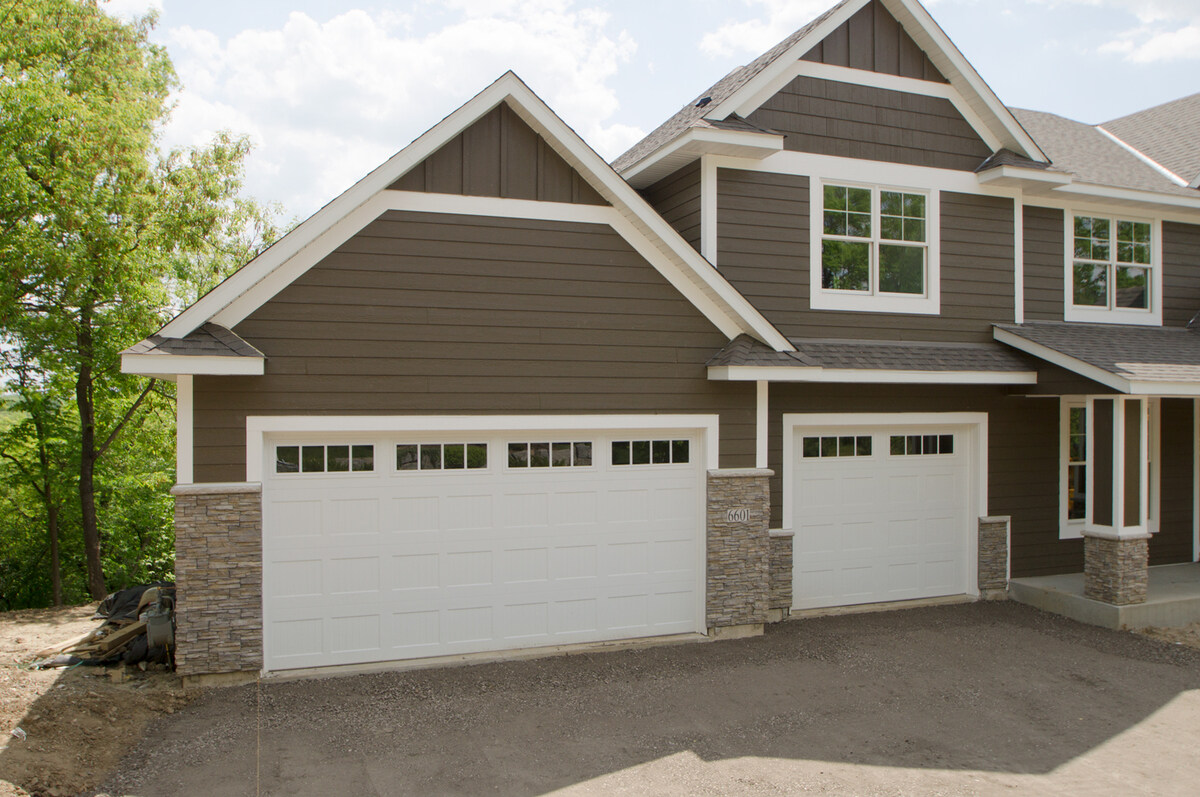
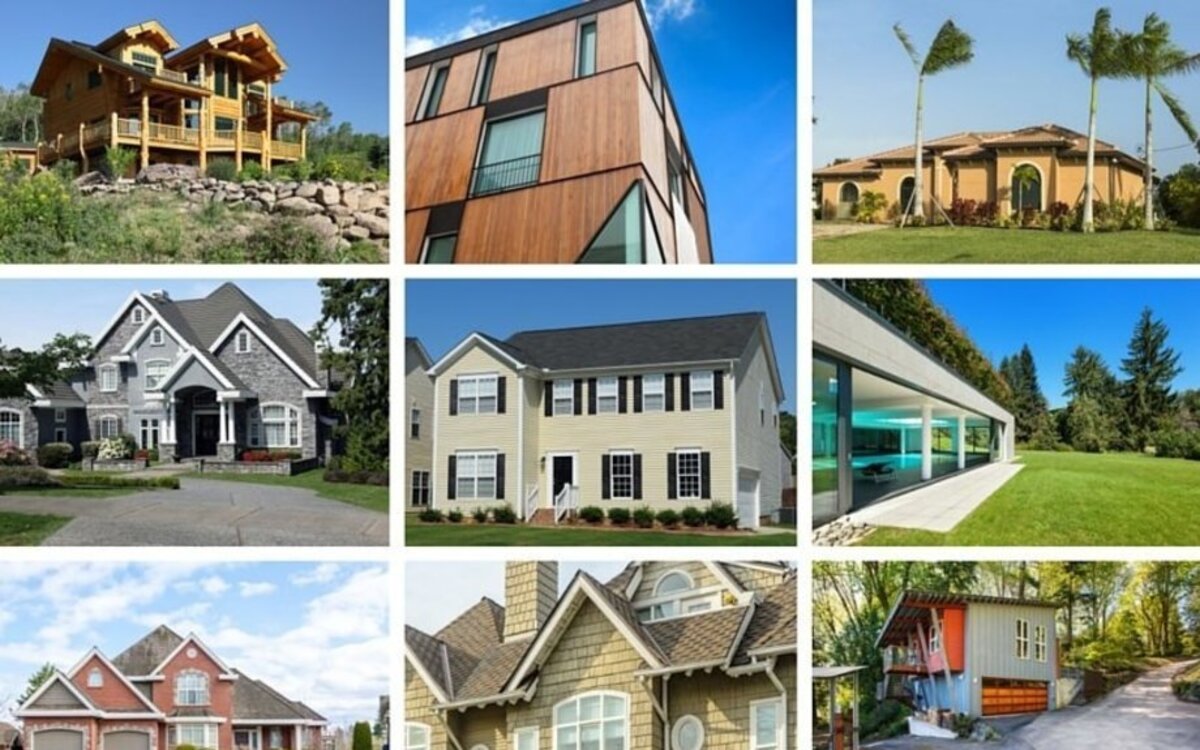
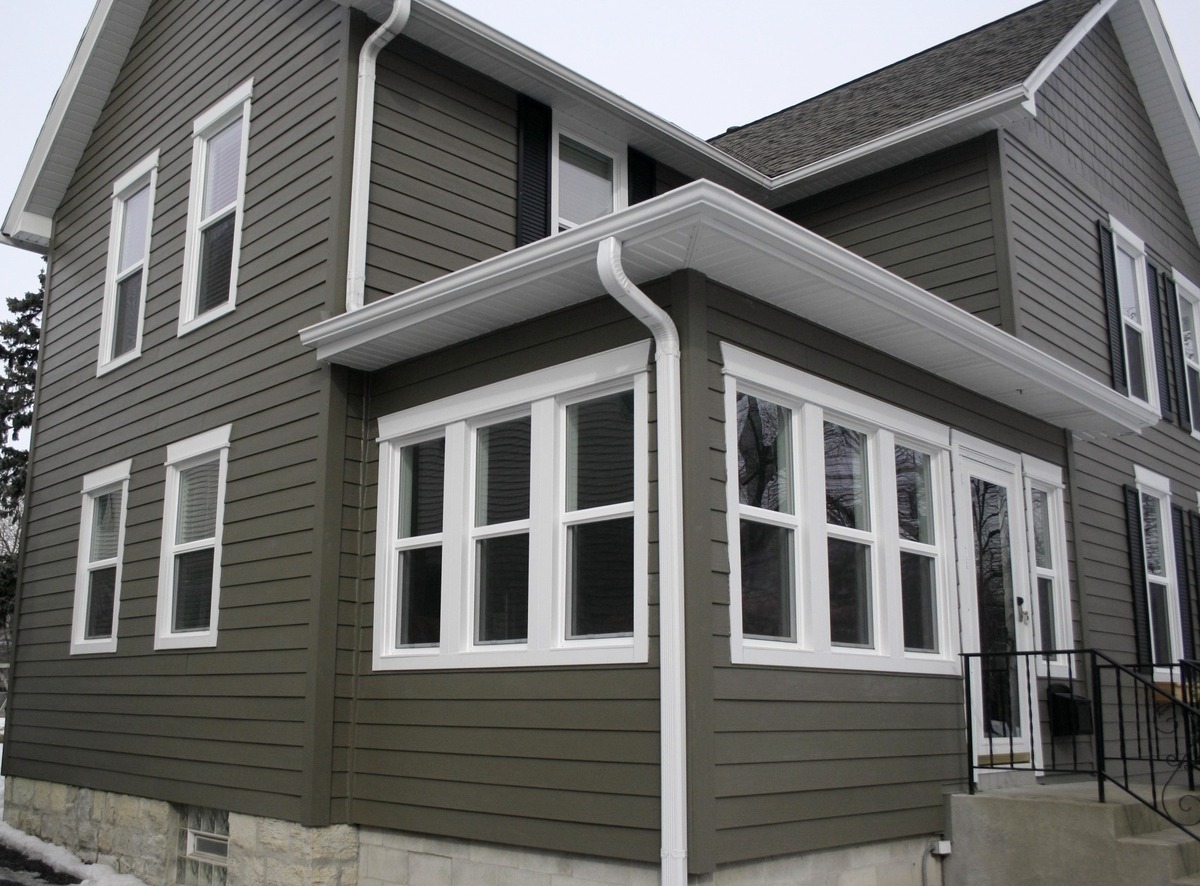
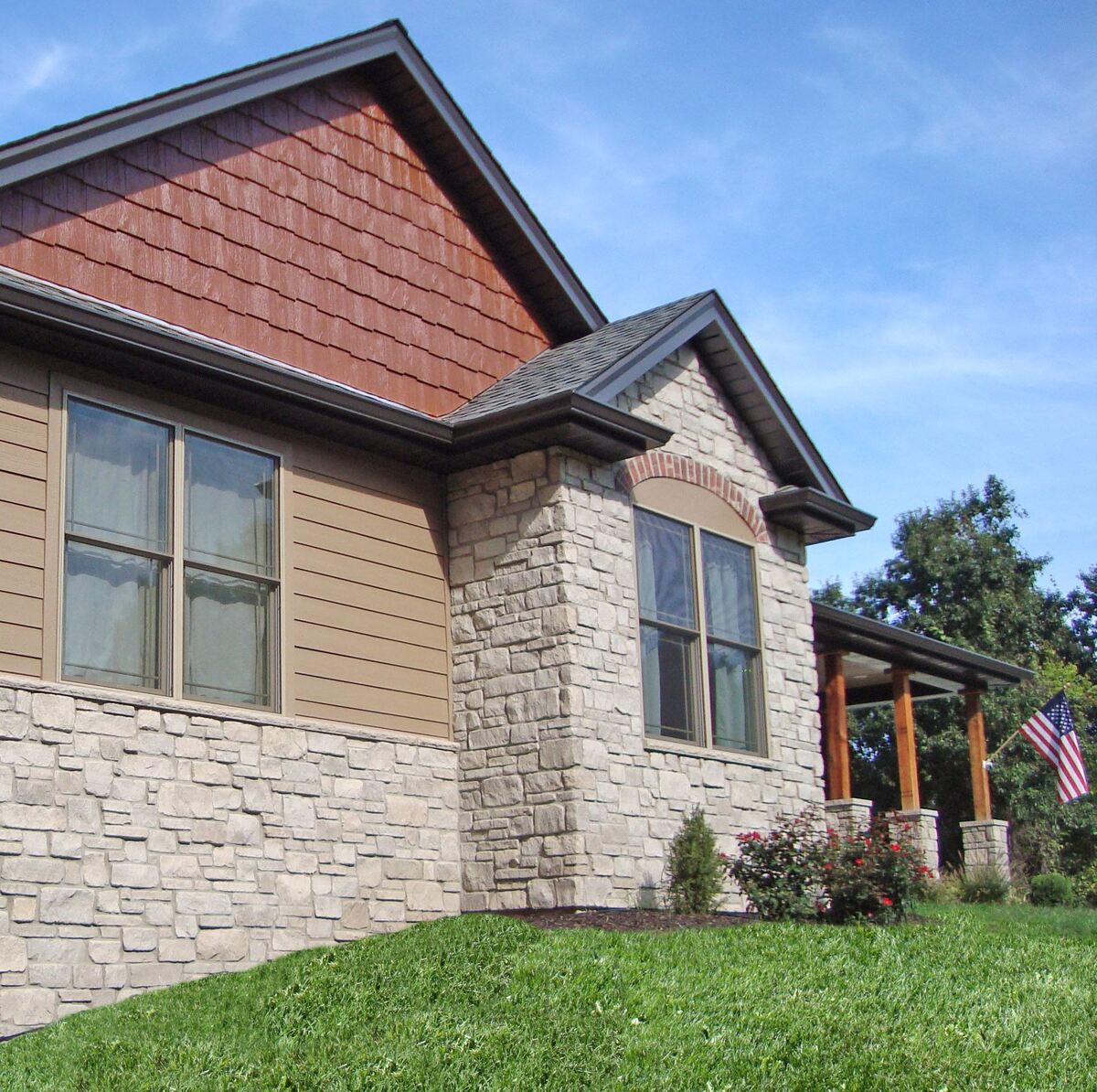
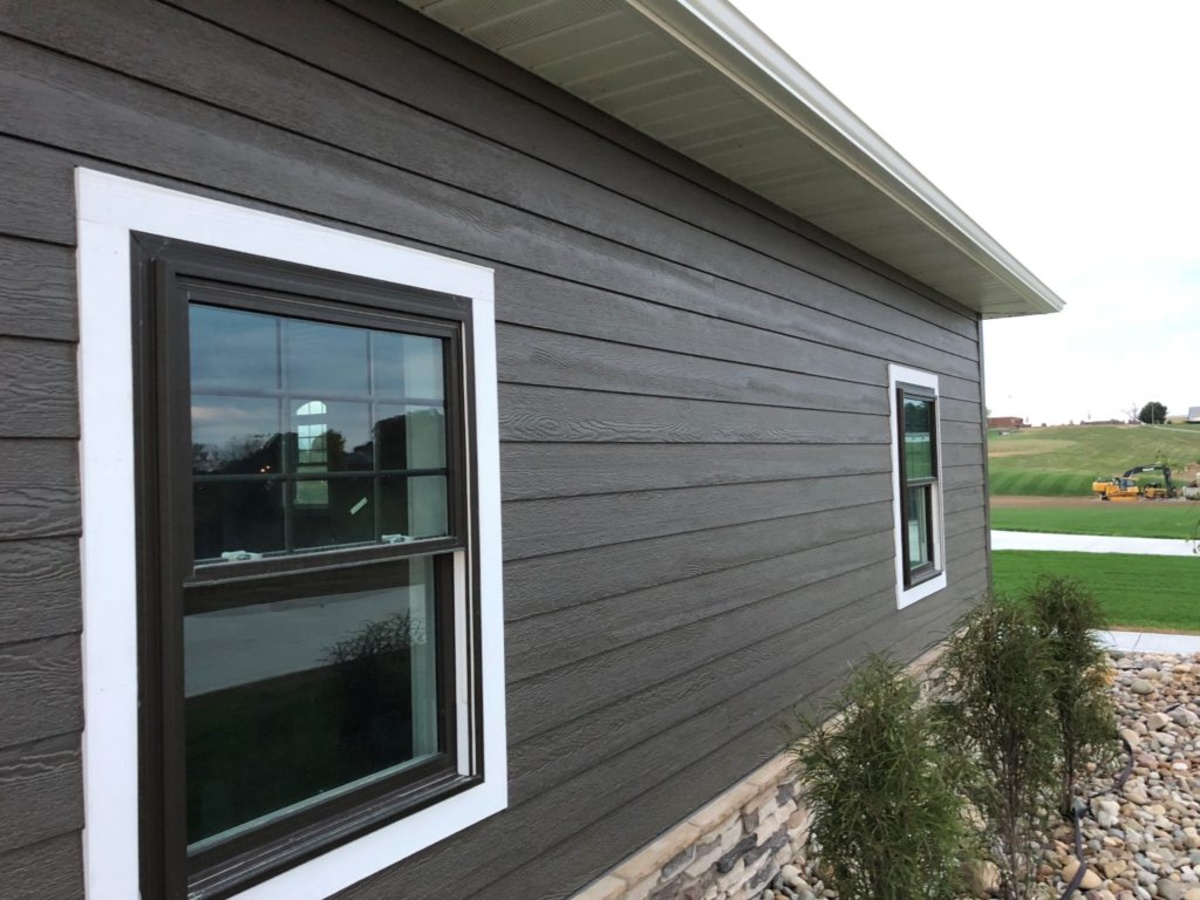
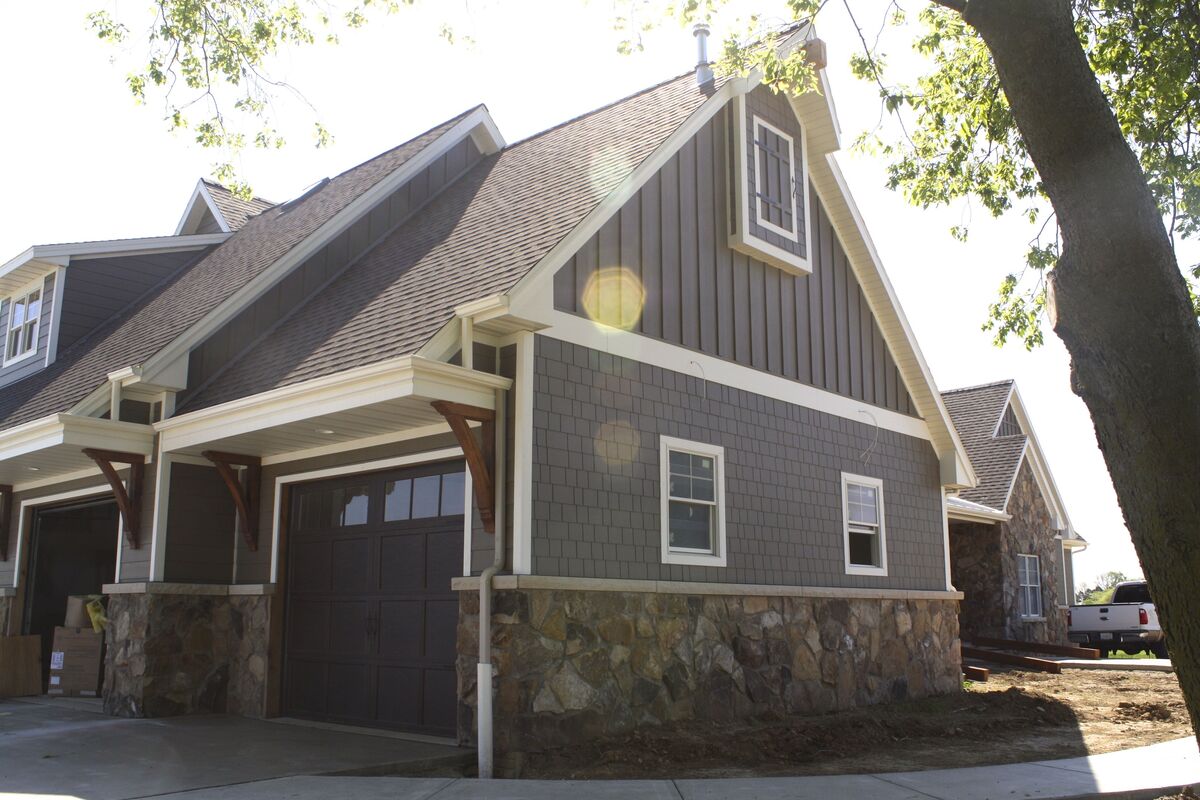
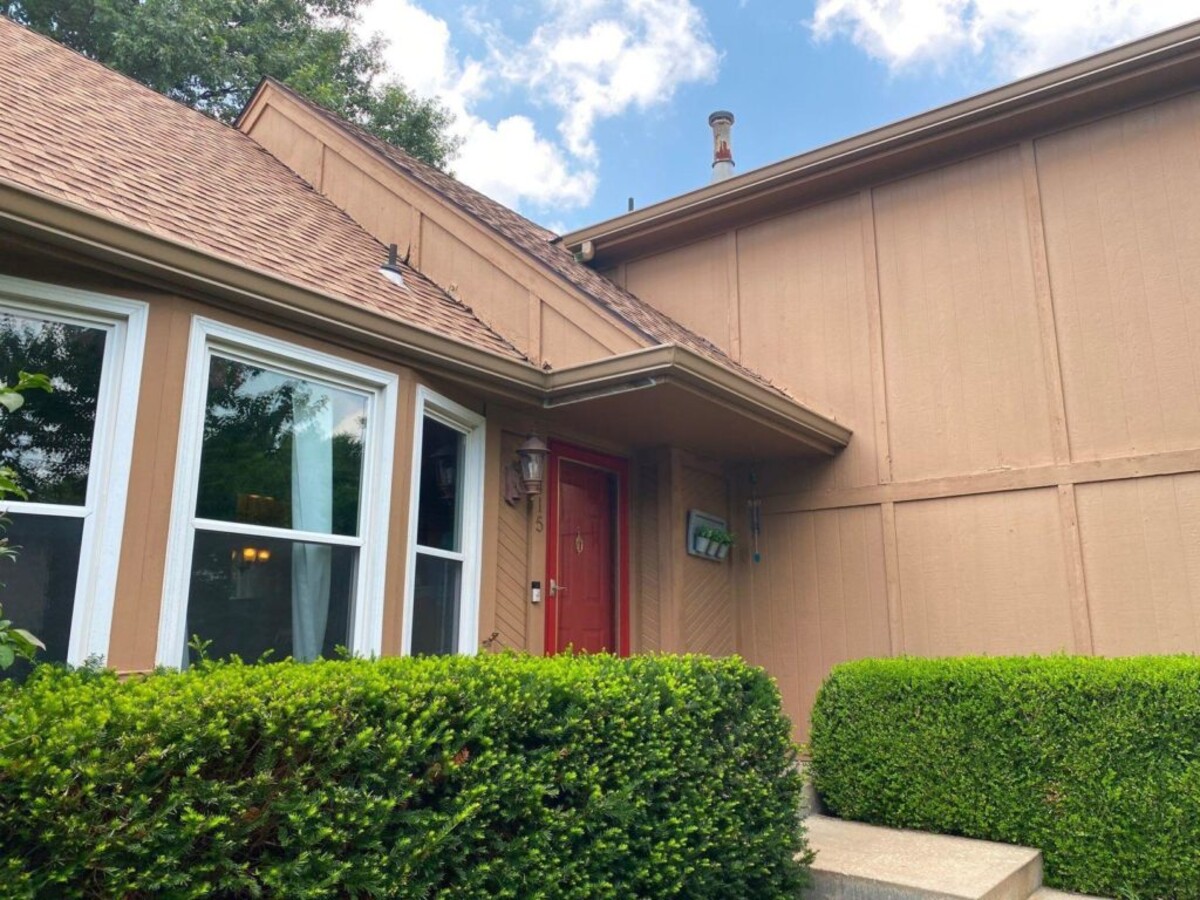
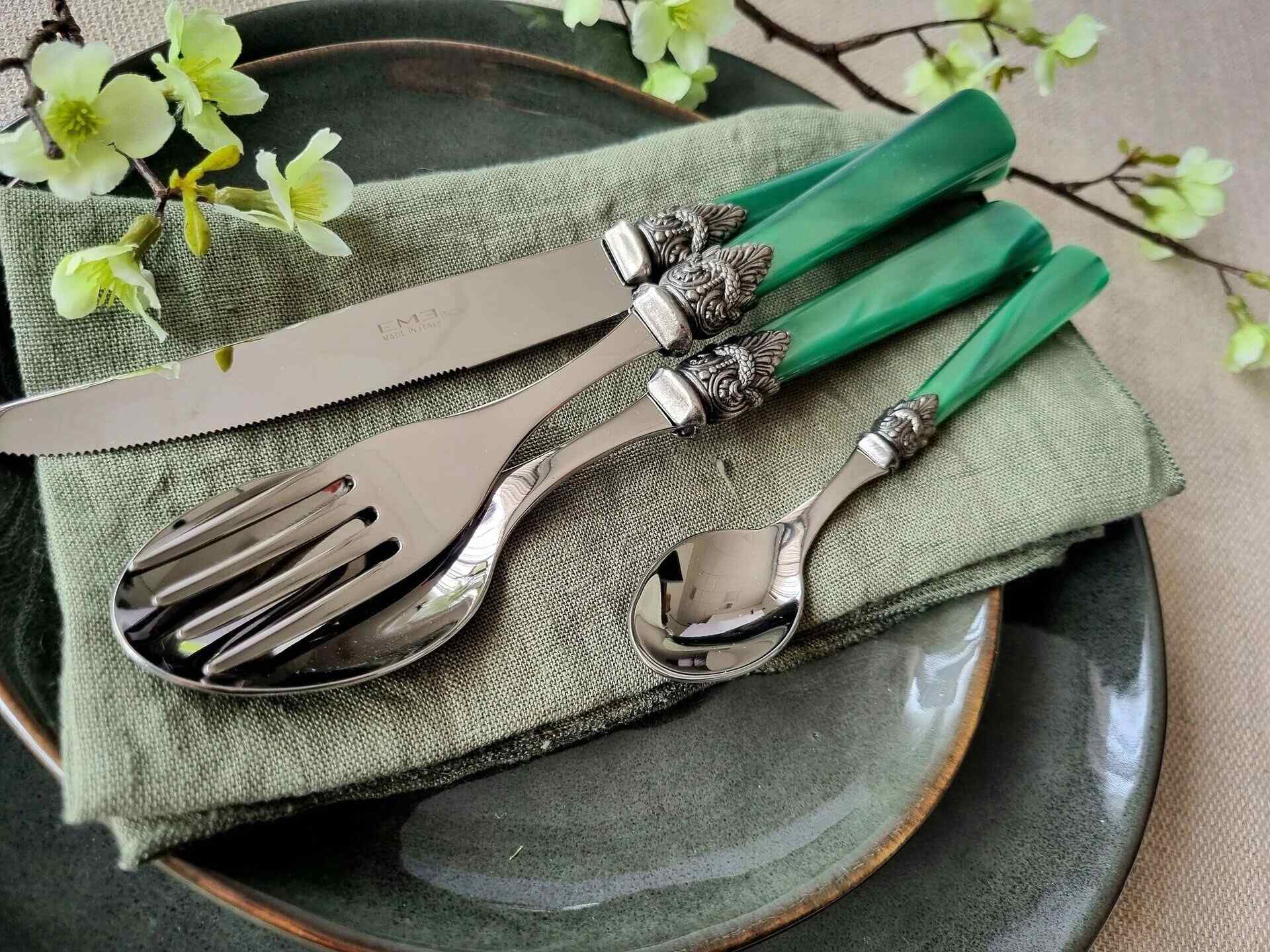
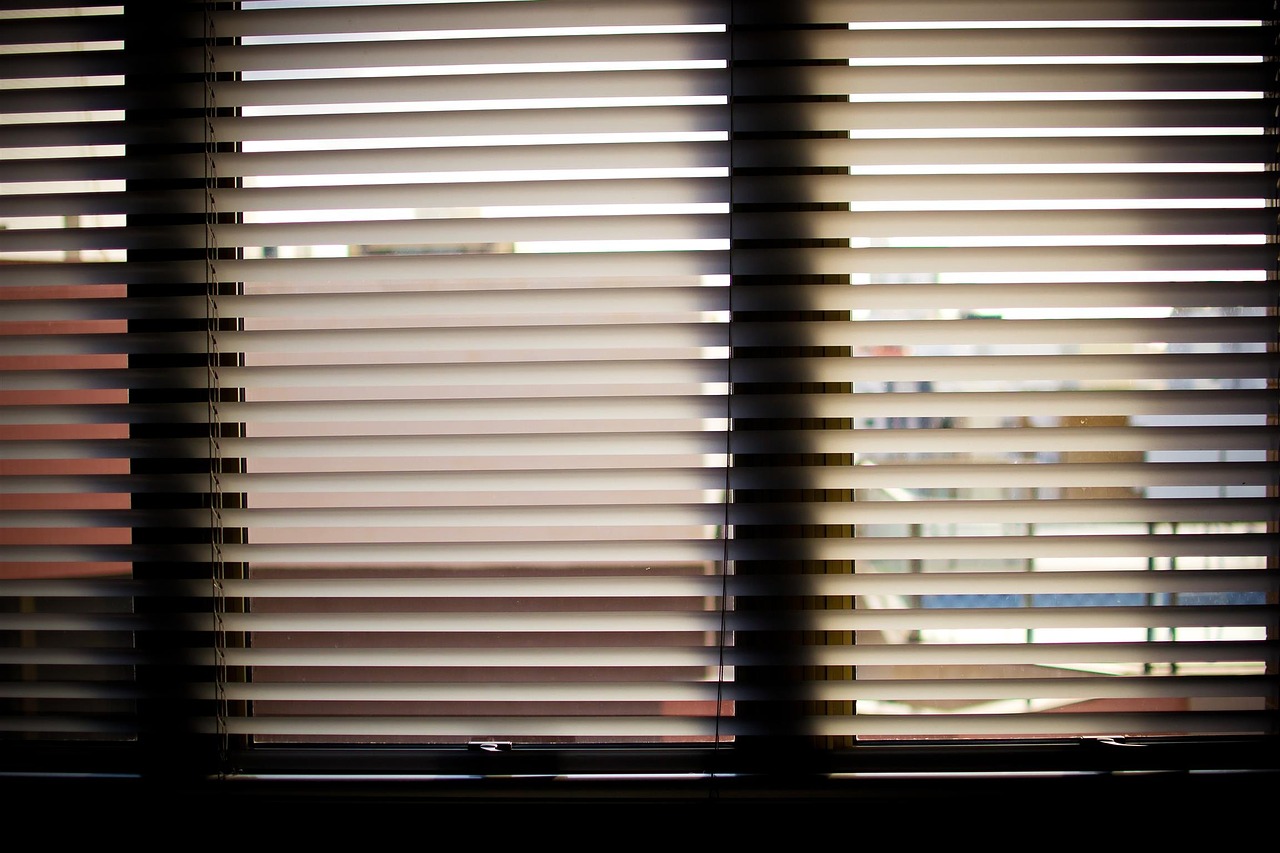
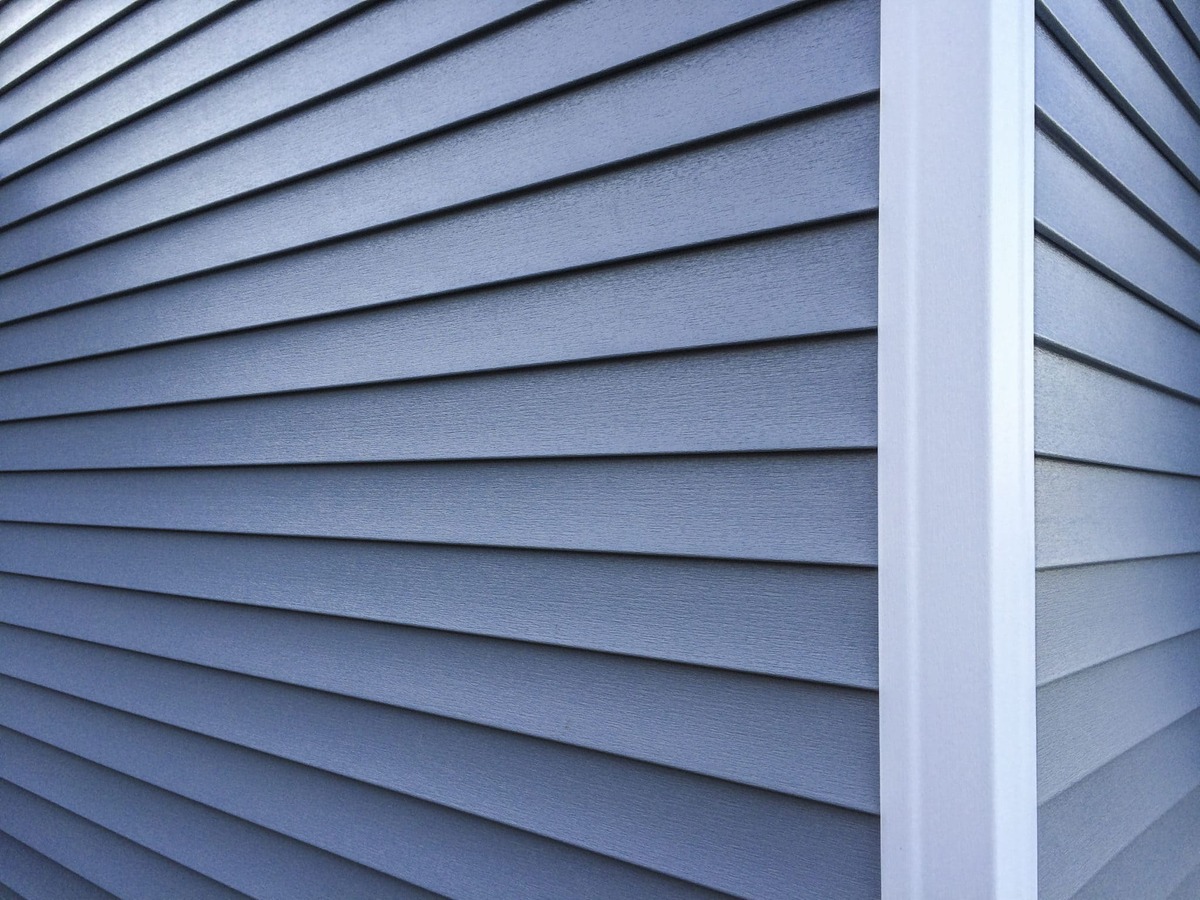
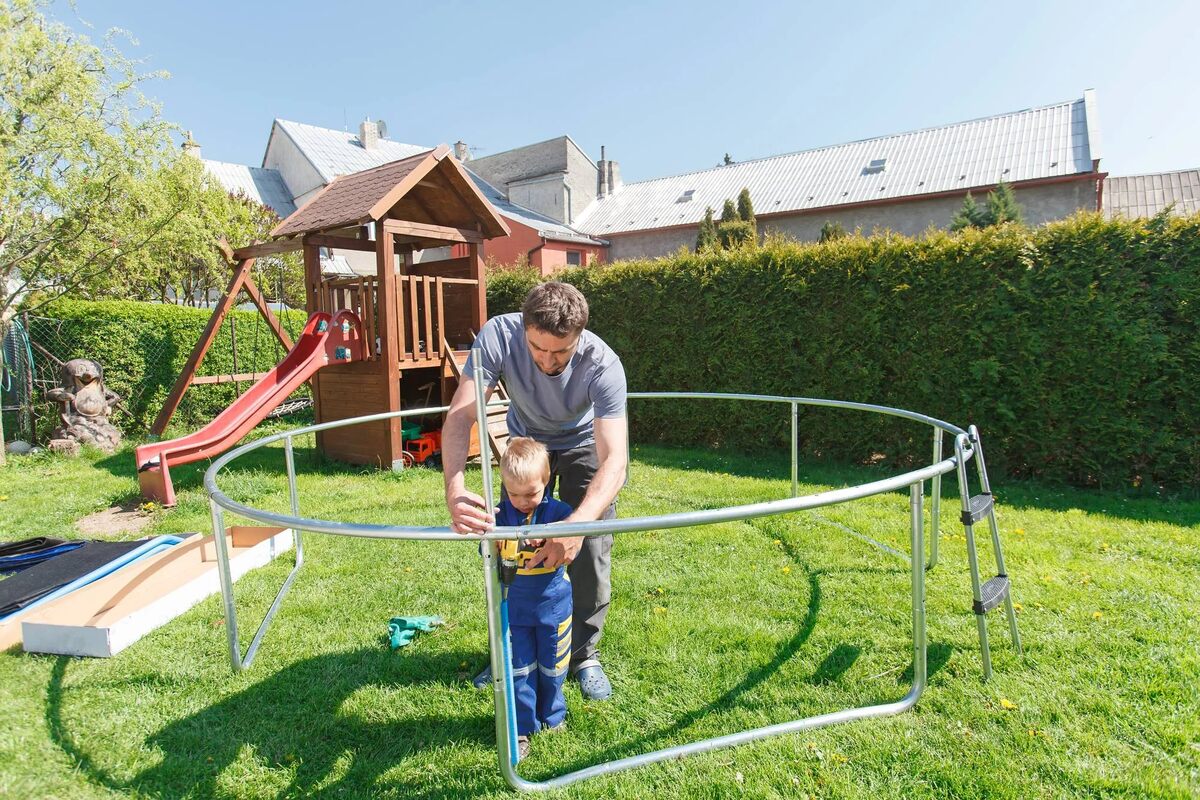

0 thoughts on “What Is LP Siding Made Of”